January 7, 2017
Designing for virtual teams + Acoustics in the workplace + Knowledge management 0
 In this week’s Newsletter; Dr Kerstin Sailer shares ten insights about organisational behaviours, perceptions, cultures and spatial design; David Woolf examines ways of designing workplaces for virtual teams; while Mark Eltringham extols the power of the introvert and explains why we need to accept that the workplace is in a state of near constant flux. A new report reveals that the gender pay gap for millennials rises steeply once a women reaches 30; Brexit negotiations will ‘fire the starting gun’ on a decade of change for the UK; and we present some of the latest findings from this week’s British Psychological Society’s Division of Occupational Psychology annual conference held in Liverpool. Finally, Dr. Agustin Chevez and Laurie Aznavoorian look at the ways the physical environment shapes knowledge management. Download our new Briefing, produced in partnership with Boss Design on the link between culture and workplace strategy and design; visit our new events page, follow us on Twitter and join our LinkedIn Group to discuss these and other stories.
In this week’s Newsletter; Dr Kerstin Sailer shares ten insights about organisational behaviours, perceptions, cultures and spatial design; David Woolf examines ways of designing workplaces for virtual teams; while Mark Eltringham extols the power of the introvert and explains why we need to accept that the workplace is in a state of near constant flux. A new report reveals that the gender pay gap for millennials rises steeply once a women reaches 30; Brexit negotiations will ‘fire the starting gun’ on a decade of change for the UK; and we present some of the latest findings from this week’s British Psychological Society’s Division of Occupational Psychology annual conference held in Liverpool. Finally, Dr. Agustin Chevez and Laurie Aznavoorian look at the ways the physical environment shapes knowledge management. Download our new Briefing, produced in partnership with Boss Design on the link between culture and workplace strategy and design; visit our new events page, follow us on Twitter and join our LinkedIn Group to discuss these and other stories.









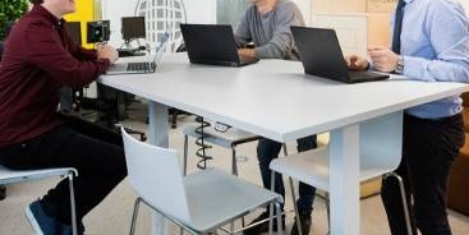





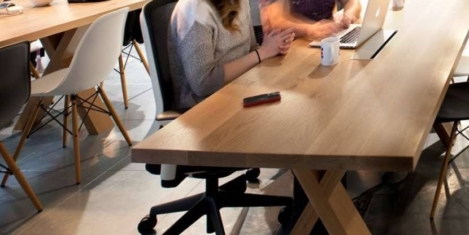



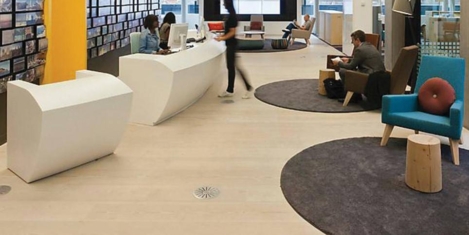
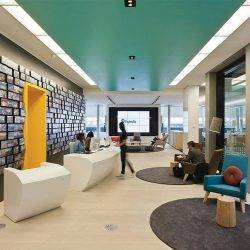
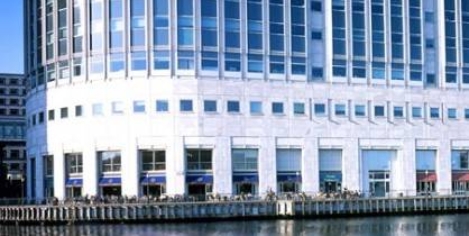
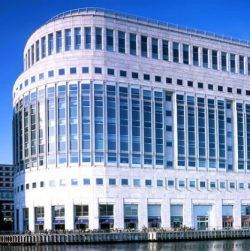











December 12, 2016
Can an organisation simply buy employee motivation? 0
by Matias Rodsevich • Comment, Workplace
(more…)